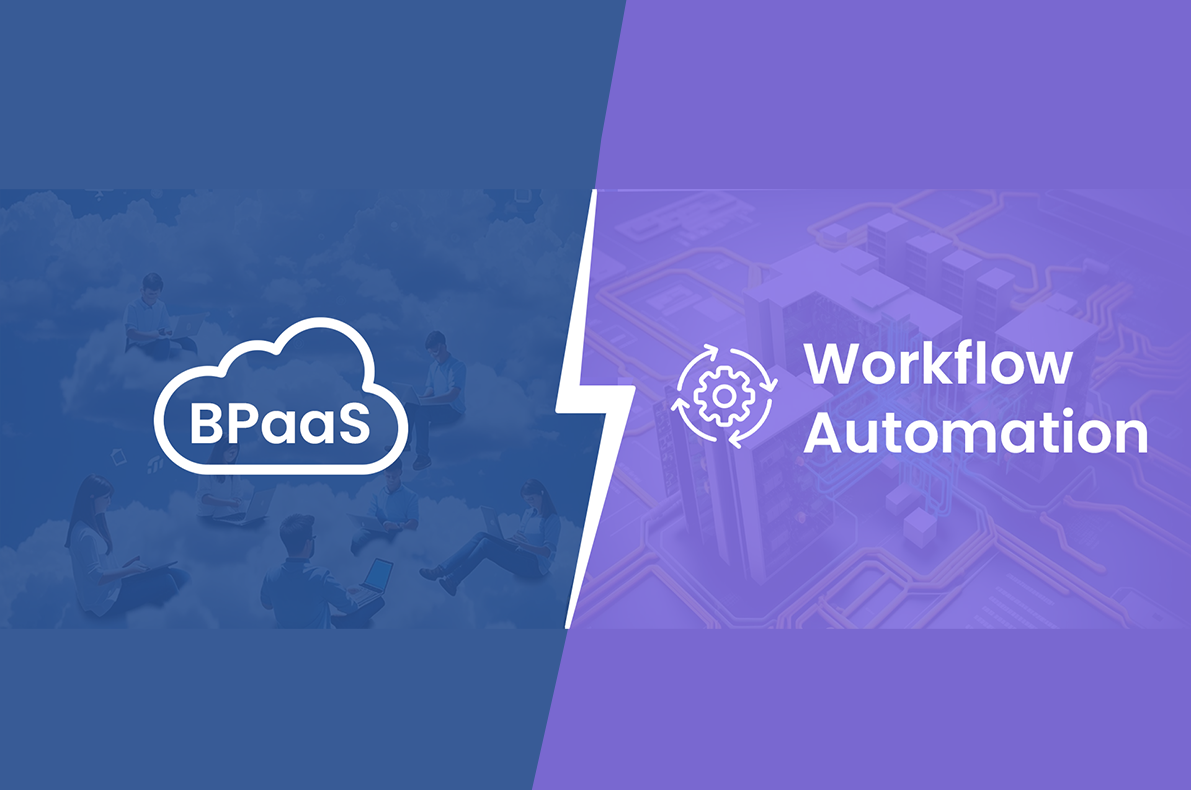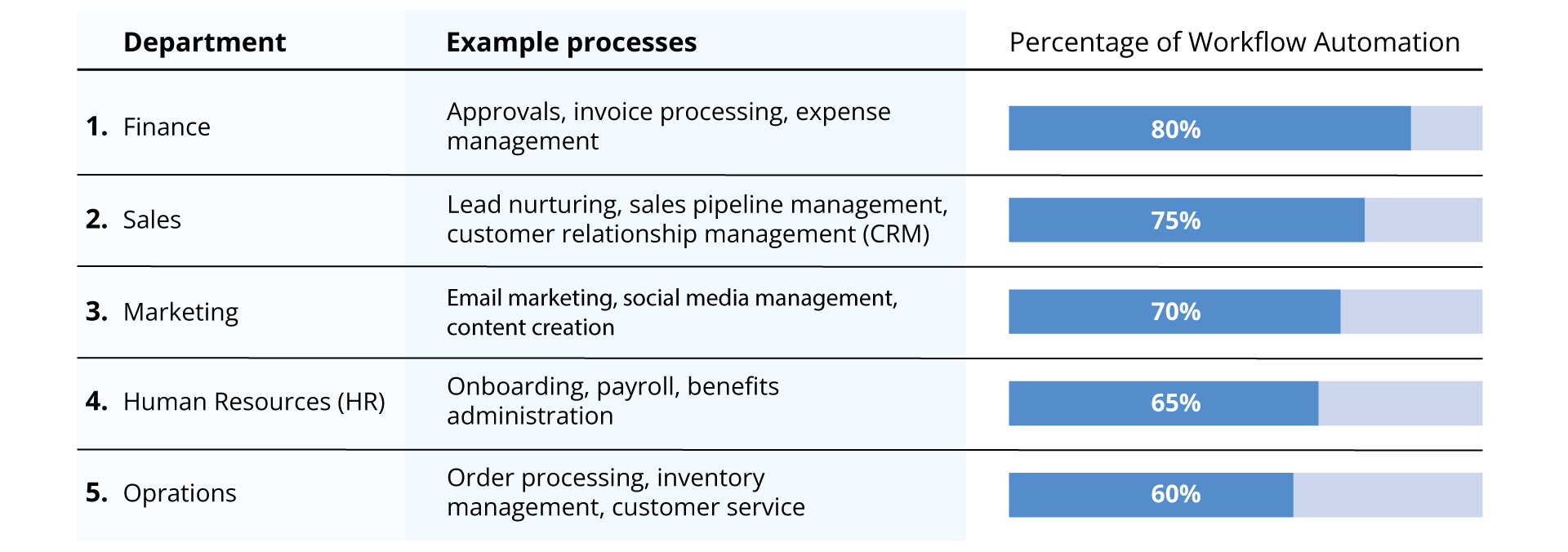Managing business expenses is a complex, time-consuming process. Between collecting receipts, auditing reports, seeking approvals, and reimbursing employees, finance teams sink countless hours into tracking spend. Expense report automation software aims to change that through smart features like mobile receipt capture, automated compliance checks, one-click approvals, and more.
This article explores the value automation brings to expense management - from hard cost savings to freeing up resources for value-added analysis. Read on to learn how leading finance teams leverage automated expense reporting to boost efficiency, visibility, and their bottom line.
What is Expense report automation?
An expense report is a document submitted by an employee to provide details and request reimbursement for legitimate business expenses. Expense reports track spending and help accounting teams manage budgets.
Key Elements
When we talk about the key elements of effective expense reports, includes:
- Date, merchant name, location, expense category, payment method, and amount for each purchase request
- Original receipts or scans
- Business justification explaining the business purpose
- Employee details like name, department, and reimbursement method
Using a delegated software to automate the manual reporting of the expense makes the process more efficient by extracting data from receipts, enforcing policy compliance, and integrating with accounting systems.
Further moving ahead if we talk about the key elements of automating the process, then the list of benefits includes:
- Easy report creation with autofill from corporate card data
- Validation against company expense policy
- Direct integration with accounting software
- Status tracking and reminders
Leading automation programs reporting for employees and improving visibility into spending for finance teams.
Why should you automate expense management?
Transitioning from spreadsheet hassles and email approvals to seamless automation delivers tangible rewards, including:
- Faster Reimbursements
- Reduced Operational Costs
- Enhanced Visibility & Control
- Improved Compliance & Accountability
- Higher Employee Productivity
Automated tools process expense reports up to 80% quicker compared to manual approaches. That means no more waiting weeks for check requests and reimbursements. Employees can easily manage out-of-pocket expenses knowing that software expedites repayment into their bank account or next pay check.
Studies show automating expense reports cuts associated processing costs by over 50% on average. The software eliminates the need for data entry clerks. It also minimizes time wasted by high-salaried approvers fixing out-of-policy claims. Allocating that human capital to strategic initiatives creates real financial impact.
Automated software centralizes spending data companywide, making it easily accessible. Running reports with a few clicks gives leadership visibility into expenses across business units, projects, and more. Uncovering specific cost drivers enables targeted policies and budgets that align spending with financial goals.
Manual reviews sample a fraction of expense transactions, enabling issues to slip through the cracks. Automating 100% of reports provides complete oversight. Software flags any duplicate claims or expenses missing critical backup in real-time during submission. This failsafe approach boosts compliance and streamlines audits.
Automated mobile apps enable employees to capture business expenses seamlessly while working remotely or onsite. Intuitive tools store receipt images, populate reports automatically, and submit with one tap - no triplicate forms or Excel sheets are required. This simplifies processes for staff and minimizes time spent on administrative tasks.
What are the benefits of expense report automation?
Implementing expense report automation software delivers tangible benefits for organizations and employees. Streamlining the reporting process saves time and unlocks insights while enforcing oversight and accountability.
The key advantages of automating streamlining the reporting of expense include:
- Increased Efficiency
- Enhanced Visibility
- Simplified Auditing
- Better Compliance
- Higher Employee Satisfaction
- Intuitive Interface
- Mobility
- Custom Rules
- Accounting Integration
Automating data extraction, policy compliance checks, approvals routing, and integration with accounting systems dramatically cuts filing time for employees while they report for the expense. Instead of manual data entry and receipt collection, reporters simply snap a photo or forward an e-receipt. Expense report automation technology handles the heavy lifting.
Automated expense reports connect directly to company financial data, giving real-time visibility into cash flow outlays. Dashboards reveal spending by category, department, project, and more while flags highlight outliers or policy violations.
Electronic expense trails including itemized receipts along with automatic validation checks simplify auditing. It can be easily verified or referenced long after reimbursement.
Automated validation of travel expense report against company policies during submission reduces mistakes that lead to rejected or adjusted reimbursements. Out-of-policy spending is also easier to identify and address.
By eliminating time-consuming manual reporting, the automation of the process allows employees to focus on value-added tasks. Integrations also mean faster reimbursement after submitting.
The right automation tools pay for themselves through increased efficiencies, insights, oversight, and accountability. Employees and finance teams benefit greatly from automated solutions versus traditional reports.
Keys to good expense automation
Implementing best expense report software can transform a tedious manual process into an efficient driver of productivity and savings. However, achieving the full benefits requires attention in a few key areas:
The system's interface design has a major impact on user adoption across the organization. Prioritize simple, intuitive navigation and reporting workflows that make submission painless for employees.
Look for automated systems with companion mobile apps that allow reporters to easily capture and submit expenses on the go via their smartphone. This also enables real-time reporting.
The software should empower finance teams to configure custom validation rules aligned with company expense policies. For example, setting per diem rates for meals or mileage.
The best expense management systems seamlessly integrate business expense report data uploads into your general ledger, accounts payable software, ERP platform, or other accounting systems of record.
Robust reporting dashboards that break down expenditures should be included so you can analyze expenses by category, department, employee, or other variables to inform spending strategies.
Prioritizing these capabilities will help ensure your expense report automation initiative succeeds in both user adoption and ROI. The key is configurable software that both simplifies reporting for employees and gives finance leaders the oversight needed to optimize budgets.
Why automate with Titan Workspace’s expense report automation?
Titan Workspace offers a uniquely cost-effective and integrated expense report automation solution for Microsoft 365 customers looking to transform their manual reporting process.
With Titan Workspace’s automation solution, the user can seek benefits in the following ways:
- Cost Savings - Unlike other solutions, Titan's expense automation is included seamlessly within Microsoft 365 and SharePoint at no additional licensing fees.
- Time Savings - Intuitive workflows, mobile capabilities, receipt parsing, and approvals integration save employees hours when filing expense reports.
- No-Code/ Low Code Platform: With Titan's low-code platform, you can spin up and customize an automated expense reporting system in a flash, without lengthy IT projects or coding obstacles
- Enhanced Transparency - Integrated analytics provide real-time visibility into spending from dashboards segmented by department, category, employee, and more.
- Boosts Productivity - By cutting time spent on expenses, Titan's automation enables employees to focus on more strategic tasks while giving managers back time formerly devoted to approvals.
As a truly turnkey add-on to SharePoint and Microsoft 365, Titan Workspace delivers rapid time-to-value and superior user adoption for expense report automation. The result is leaner processes, accountability for spending, and more productive teams.
FAQ’S
What is automated expense reporting?
Automated expense reporting refers to software or systems that automatically gather and organize expense data to generate expense reports.
What is automatic expense tracking?
Automatic expense tracking is a tool or system that gathers information about your spending and categorizes it without requiring you to manually input each transaction.
How do you process an expense report?
To process an expense report, employees submit reports detailing business expenses they incurred, providing supporting documentation
What is a daily expense tracker?
A daily expense tracker is a simple table, spreadsheet, or journal page where individuals manually record day-to-day expenses on a granular level.






Your email address will not be published. Required fields are marked*